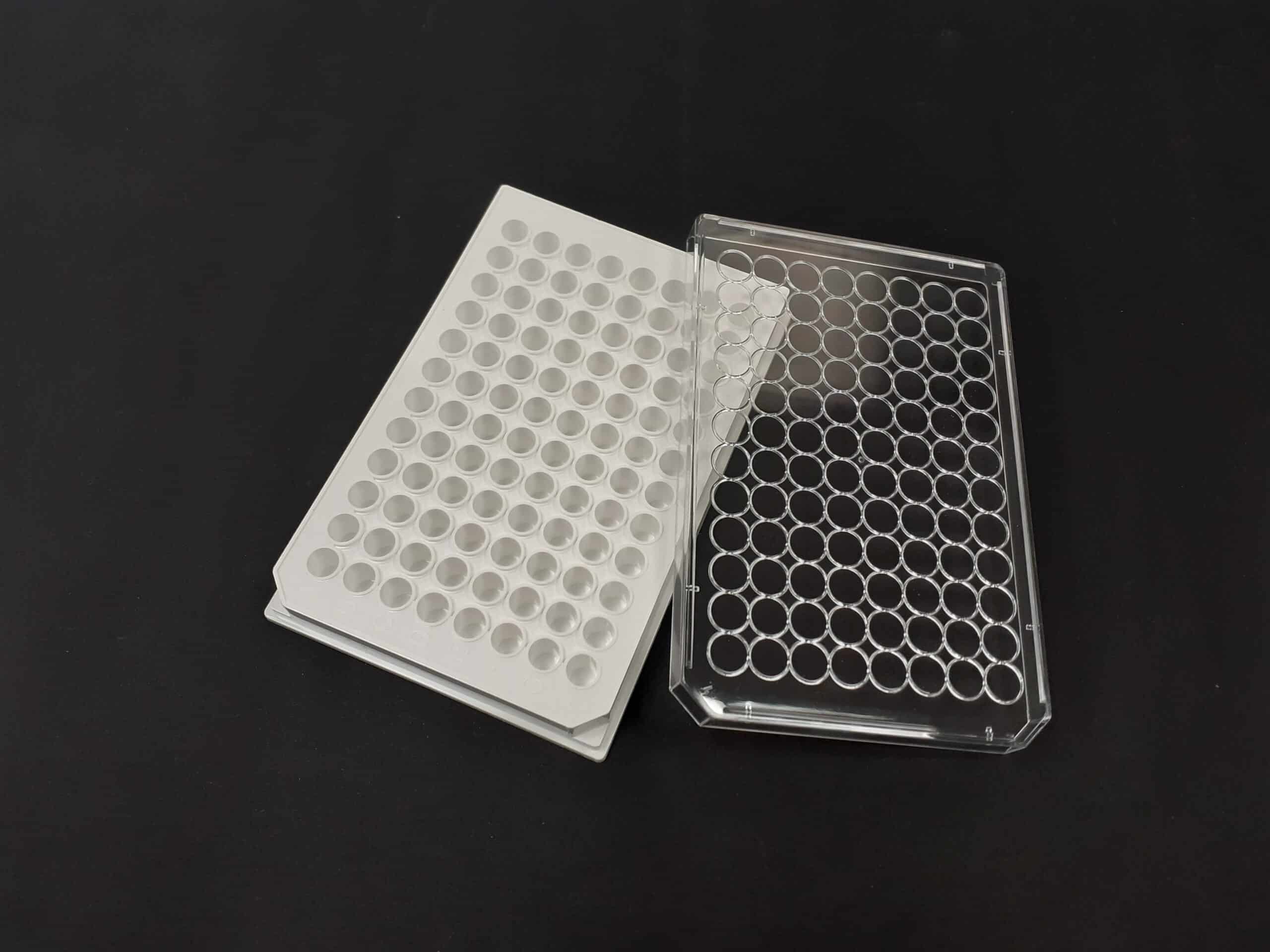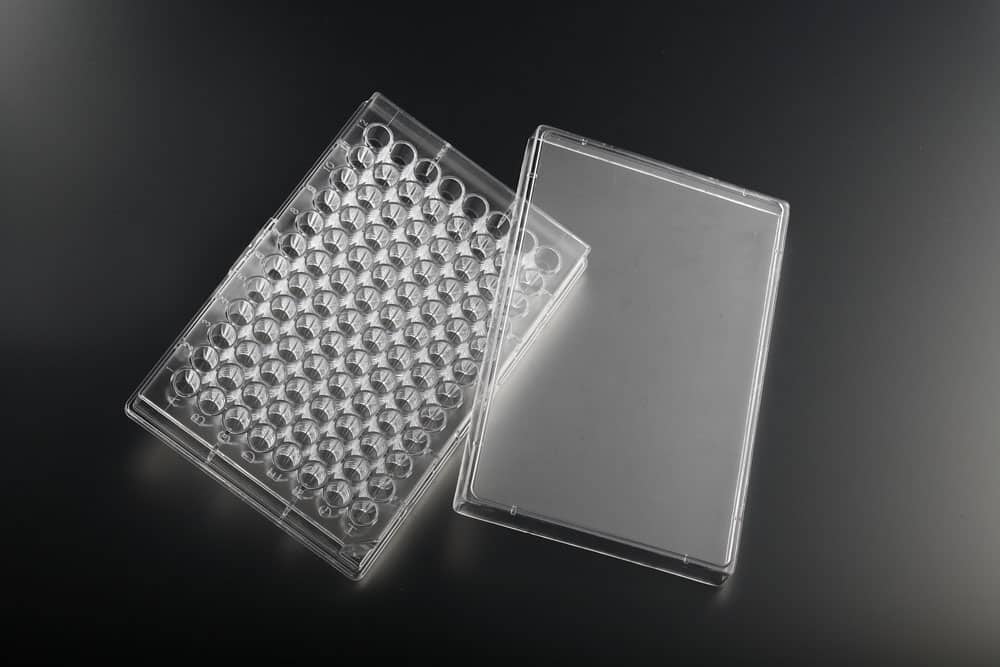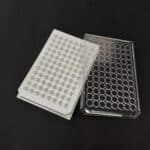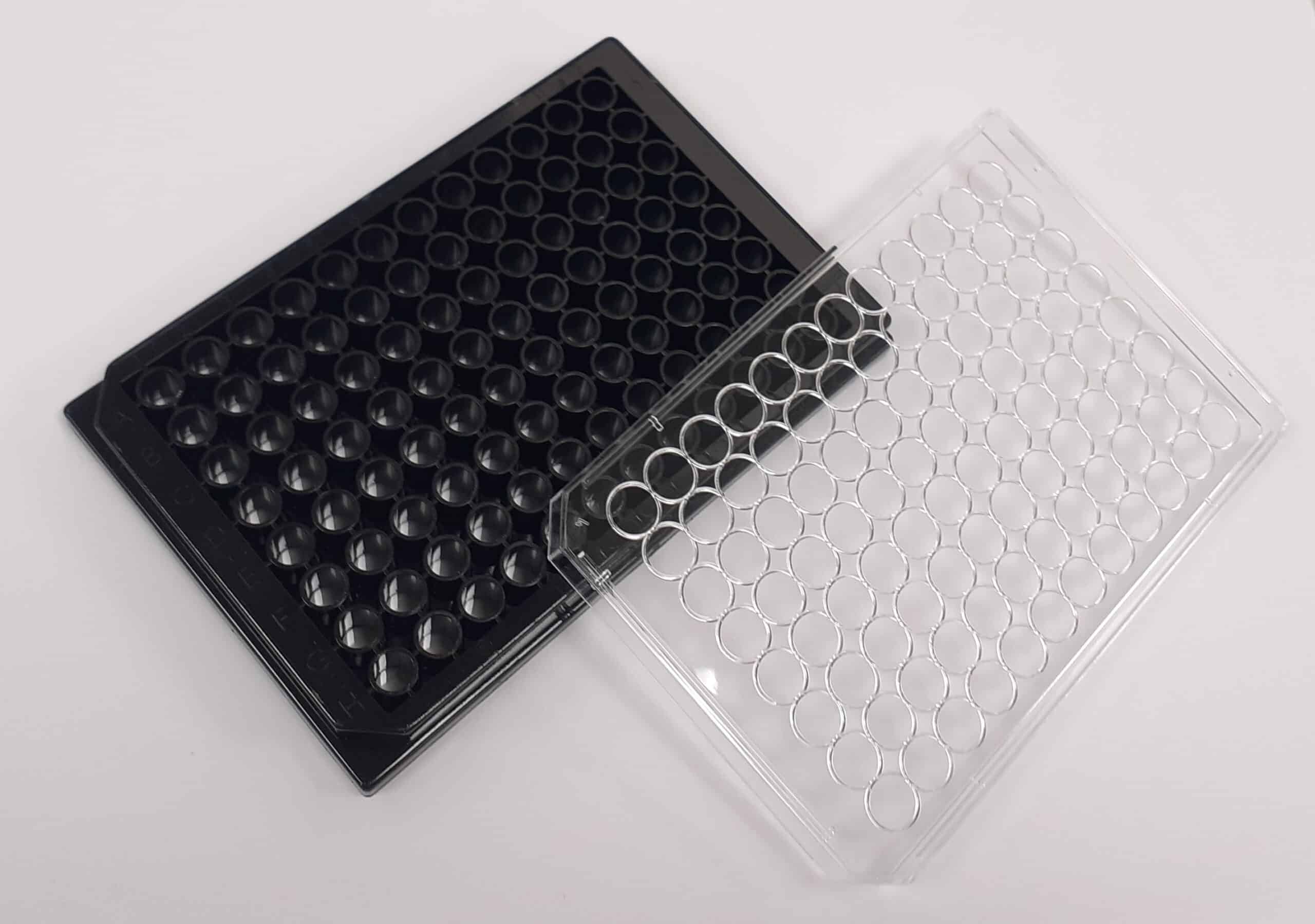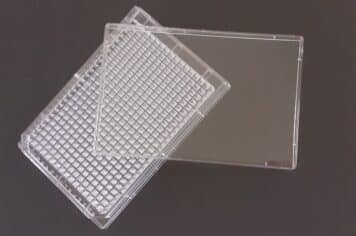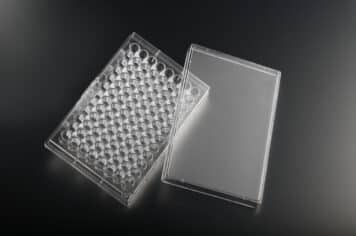No products in the cart.
Poly-L-lysine Coated 96 Well Plates
Description
Clear, white and black Poly-L-lysine Coated 96 Well Plates are manufactured in pure polystyrene with low fluorescence and can be used for animal and plant cell tissue-culture studies.
Black Transparent Bottom and White Transparent Bottom Poly-L-lysine Coated 96 Well Plates combine the advantageous optical properties of virgin crystalline polystyrene with the versatility of a microplate. These transparent bottom plates offer high optical quality and low autofluorescence to suit a wide range of samples for accurate and reliable light and fluorescence readings.
White and black solid 96 well plates have a minimal light scatter and prevent well-to-well crosstalk. All Black 96 Well Plates have minimum back-scattered light and background fluorescence: they are recommended for florescence measurements. All White 96 Well Plates have maximum reflection and minimal autoluminescence: they are recommended for luminescence measurements.
The radius edged inner bottom of the wells improves the efficiency of washing. The plates comply with SBS standards and the design assures a good performance in automatic processing plant.
- 96 Well Plates Poly-L-Lysine coated are offered sterile with lid
- Recommended working volume of 75 to 100 μl
- Packaging: bag of 5 plates / case of 10 plates
- Trial packaging are available upon request
Other Tissue Culture Products.
FOR RESEARCH USE ONLY
Technical details
Poly-L-lysine coated - Sterile with lidPoly-L-lysine Coated 96 Well Plates have a positively charged surface; this features has been shown to enhance cell attachment, growth and differentiation of some cell types (e.g. primary neurons, glial cells, neuroblastomas and a variety of transfected cell lines). Many cell types adhere better to this surface and are less dependent on the presence of serum proteins. In addition, Poly-L-Lysine coated surfaces are often used to reduce cell detachment that often occurs during multiple washing steps that are associated with cell-based assays.
Every single unit contains 5 items.
700,00€ – 985,00€ excl. VAT

